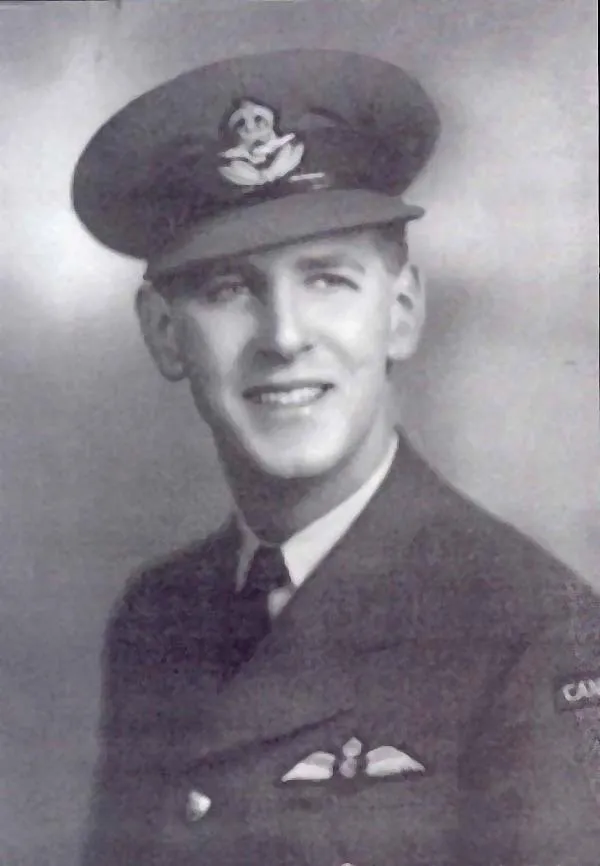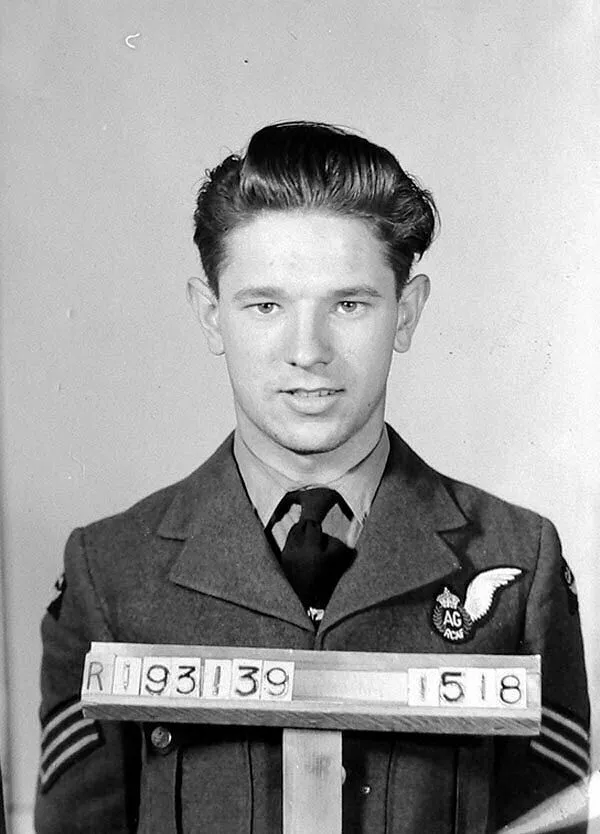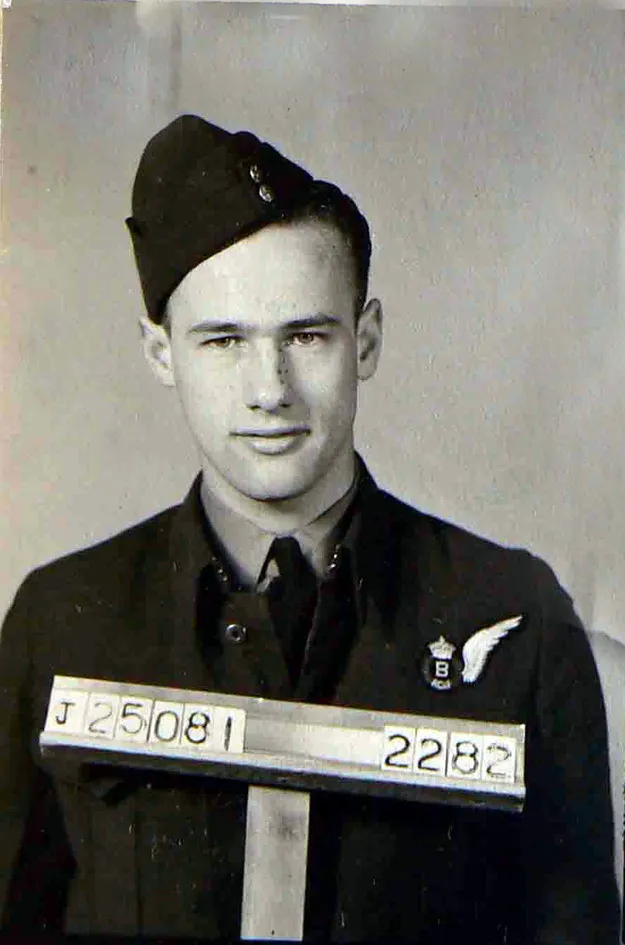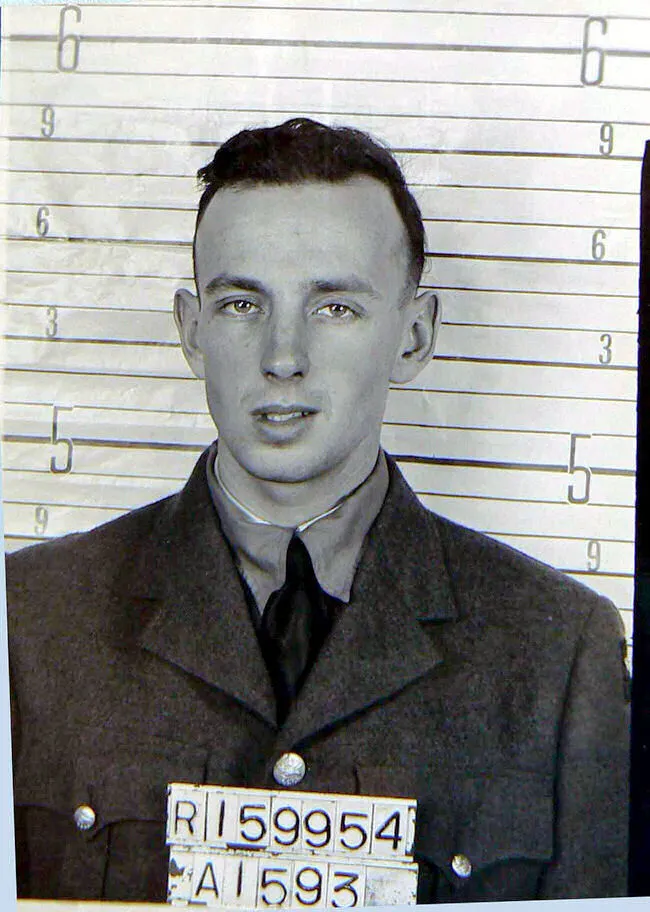Scott, John Ernest (Warrant Officer 2nd Class)
Killed in Action 1944-January-03
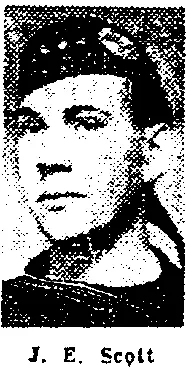

Birth Date: 1919-September-28
Born:
Parents: Son of George and Emily Scott, of Toronto, Ontario, Canada
Spouse: Husband of Elsie Clara Scott, of Toronto
Home: Toronto, Ontario
Enlistment:
Enlistment Date: unkown date
Service
RCAF
Unit
432 (B) Sqn- Squadron
Saeviter Ad Lucem Ferociously toward the light
Base
East Moor
Rank
Warrant Officer 2nd Class
Position
Wireless Operator
Service Numbers
R/123197
Home
Target
Temporary Burial
Remains were later exhumed from this location and reburied
Crew or Other Personnel
Lancaster DS739
Mission
Lancaster Mk.II DS739
Bombing Berlin Germany 1944-January-02 to 1944-January-03
432 (B) Sqn (RCAF) East Moor
Battle of Berlin
383 aircraft - 362 Lancasters, 12 Mosquitoes, 9 Halifaxes. The German control rooms followed the bombers all the way to Berlin, which was assessed as the target 40 minutes before Zero Hour. Night fighters were sent to a radio beacon between Hannover and Bremen but these fighters missed the bomber stream and did not come into action until they were directed to Berlin. Most of the bomber casualties were in the Berlin area. 27 Lancasters were lost, 7·0 per cent of the force. The casualties included 10 Pathfinder aircraft; 156 Squadron, from Warboys, lost 5 of its 14 aircraft taking part in the raid.
This was another ineffective raid. Bombs were scattered over all parts of Berlin, with the local reports stressing that there were no large fires; the fire services were able to contain all fires soon after they started. 82 houses were destroyed and 36 people were killed. Industrial damage was insignificant.
source: The Bomber Command War Diaries, Martin Middlebrook and Chris Everitt
432 Leaside Squadron (Saevitir Ad Lucem) RAF East Moor. Lancaster BII aircraft DS 739 QO-Y was shot down during night operations against targets in Berlin, Germany by night fighter pilot Leutnant Wendelin Breukel of the 5/NJG 2 (based at Deelen airfield in the Netherlands), who was flying a Ju 88 C-6. The Lancaster crashed eighty miles southwest of Berlin at southern edge of Gross Rosenburg, Sachsen-Anhalt, near Kothen, Germany. The entire crew were lost
Warrant Officer Class 2 JE Scott (RCAF), Flight Lieutenant JA Allen (RCAF), Flying Officer HF Doull (RCAF), Flying Officer K Crawford (RCAF), Sergeant JA Cobbett (RCAF), Sergeant IAJ Dupuis (RCAF), and W.R. Collier (RAFVR) were all killed in action
Lancaster serial: DS739

Canadian Warplane Heritage Museum
The Avro Lancaster is a British Second World War heavy bomber. It was designed and manufactured by Avro as a contemporary of the Handley Page Halifax, both bombers having been developed to the same specification, as well as the Short Stirling, all three aircraft being four-engined heavy bombers adopted by the Royal Air Force (RAF) during the same wartime era.
The Lancaster has its origins in the twin-engine Avro Manchester which had been developed during the late 1930s in response to the Air Ministry Specification P.13/36 for a capable medium bomber for "world-wide use". Originally developed as an evolution of the Manchester (which had proved troublesome in service and was retired in 1942), the Lancaster was designed by Roy Chadwick and powered by four Rolls-Royce Merlins and in one version, Bristol Hercules engines. It first saw service with RAF Bomber Command in 1942 and as the strategic bombing offensive over Europe gathered momentum, it was the main aircraft for the night-time bombing campaigns that followed. As increasing numbers of the type were produced, it became the principal heavy bomber used by the RAF, the Royal Canadian Air Force (RCAF) and squadrons from other Commonwealth and European countries serving within the RAF, overshadowing the Halifax and Stirling. Wikipedia
Unit Desciption
432 (B) Sqn Saeviter Ad Lucem ("Leaside")
History of the Squadron during World War II (Aircraft: Wellington X, Lancaster II, Halifax III, VII)
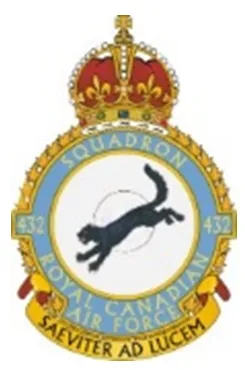
The Squadron was the twelfth RCAF bomber squadron to be formed overseas in WWII. It was formed on May 1, 1943 at Skipton-on-Swale, Yorkshire, UK ![]() as a unit of No 6 (RCAF) Group of RAF Bomber Command: indeed, it was the first bomber squadron to be formed directly into No 6 Group. Using the squadron identification letters QO it flew Vickers Wellington Mk X medium bombers until it moved to East Moor, Yorkshire
as a unit of No 6 (RCAF) Group of RAF Bomber Command: indeed, it was the first bomber squadron to be formed directly into No 6 Group. Using the squadron identification letters QO it flew Vickers Wellington Mk X medium bombers until it moved to East Moor, Yorkshire ![]() on 19th September 1943, when it re-equipped with Avro Lancaster Mk II aircraft. East Moor was part of No 62 (RCAF) Base. The squadron re-equipped with Handley Page Halifax Mk III aircraft in February 1944, and with Halifax Mk VII in July of that year, and continued with them until the squadron was disbanded at East Moor on May 15, 1945.
on 19th September 1943, when it re-equipped with Avro Lancaster Mk II aircraft. East Moor was part of No 62 (RCAF) Base. The squadron re-equipped with Handley Page Halifax Mk III aircraft in February 1944, and with Halifax Mk VII in July of that year, and continued with them until the squadron was disbanded at East Moor on May 15, 1945.
In the course of operations the squadron flew 246 missions, involving 3130 individual sorties, for the loss of 73 aircraft. 8980 tons of bombs were dropped. Awards to squadron members included 2 DSOs, 119 DFCs,1 Bar to DFC, 1 CGM, 20 DFMs and 1 Croix de Guerre (France). Battle Honours were: English Channel and North Sea 1943, Fortress Europe 1943-44, France and Germany 1944-45, Biscay Ports 1944, Ruhr 1943-45, Berlin 1943-44, German Ports 1943-45, Normandy 1944, Rhine, Biscay 1943.Moyes, Kostenuk and Griffin
Squadron History (Bomber Command Museum PDF)
Maps for Movements of 432 Squadron 1943-45
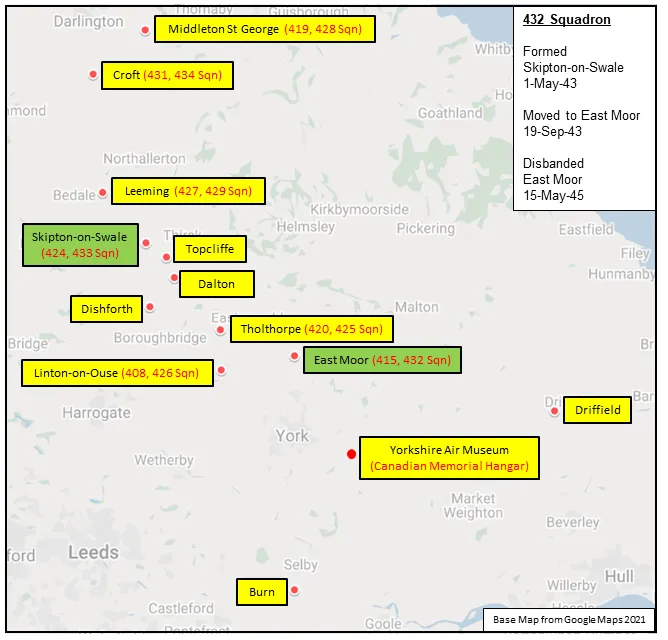
432 Squadron History Summary 1943-45
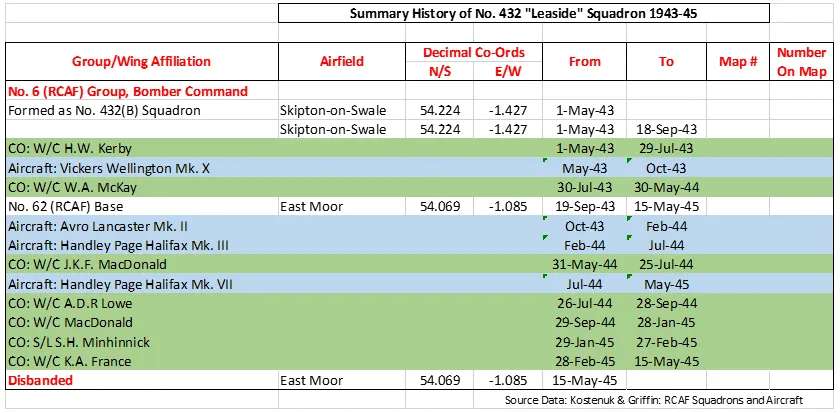
History of the Squadron Post-WWII (Aircraft: Canuck)
The squadron was re-formed at Bagotville, Quebec ![]() as an All-Weather Fighter unit on 1 October 1954. The squadron flew Avro CF-100 Canuck aircraft on North American Air Defence until it was disbanded on 15 October 1961.
as an All-Weather Fighter unit on 1 October 1954. The squadron flew Avro CF-100 Canuck aircraft on North American Air Defence until it was disbanded on 15 October 1961.
